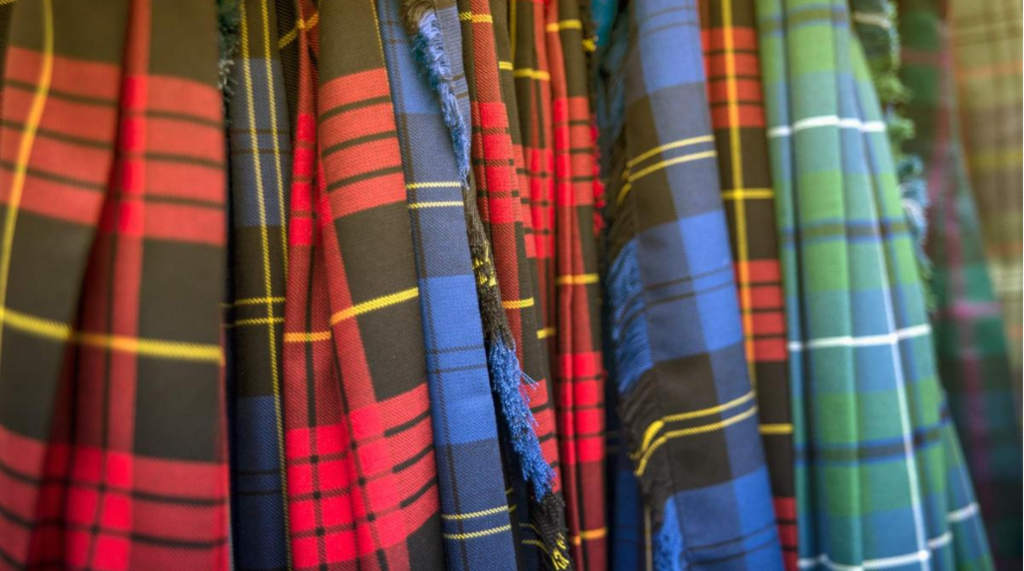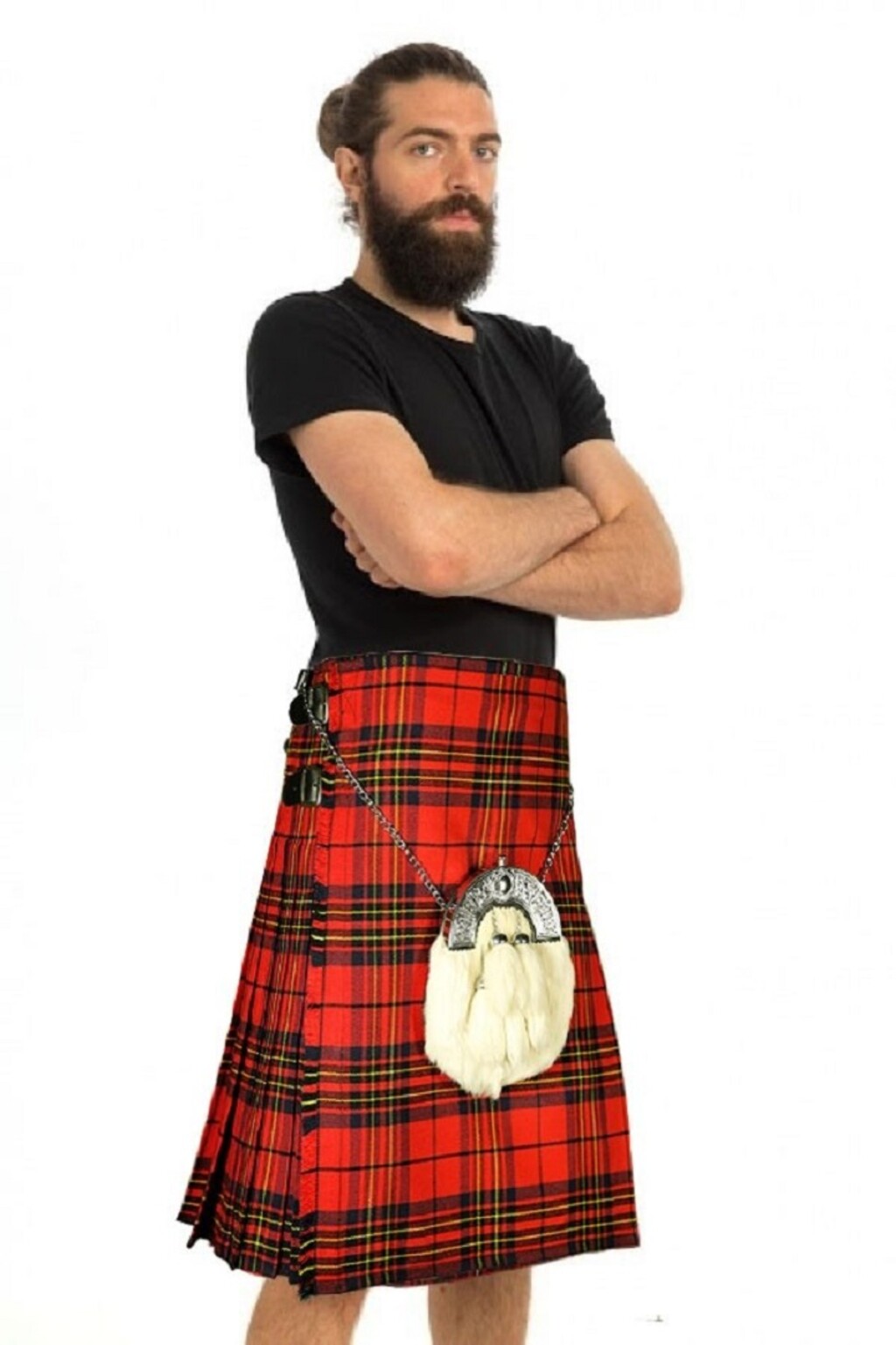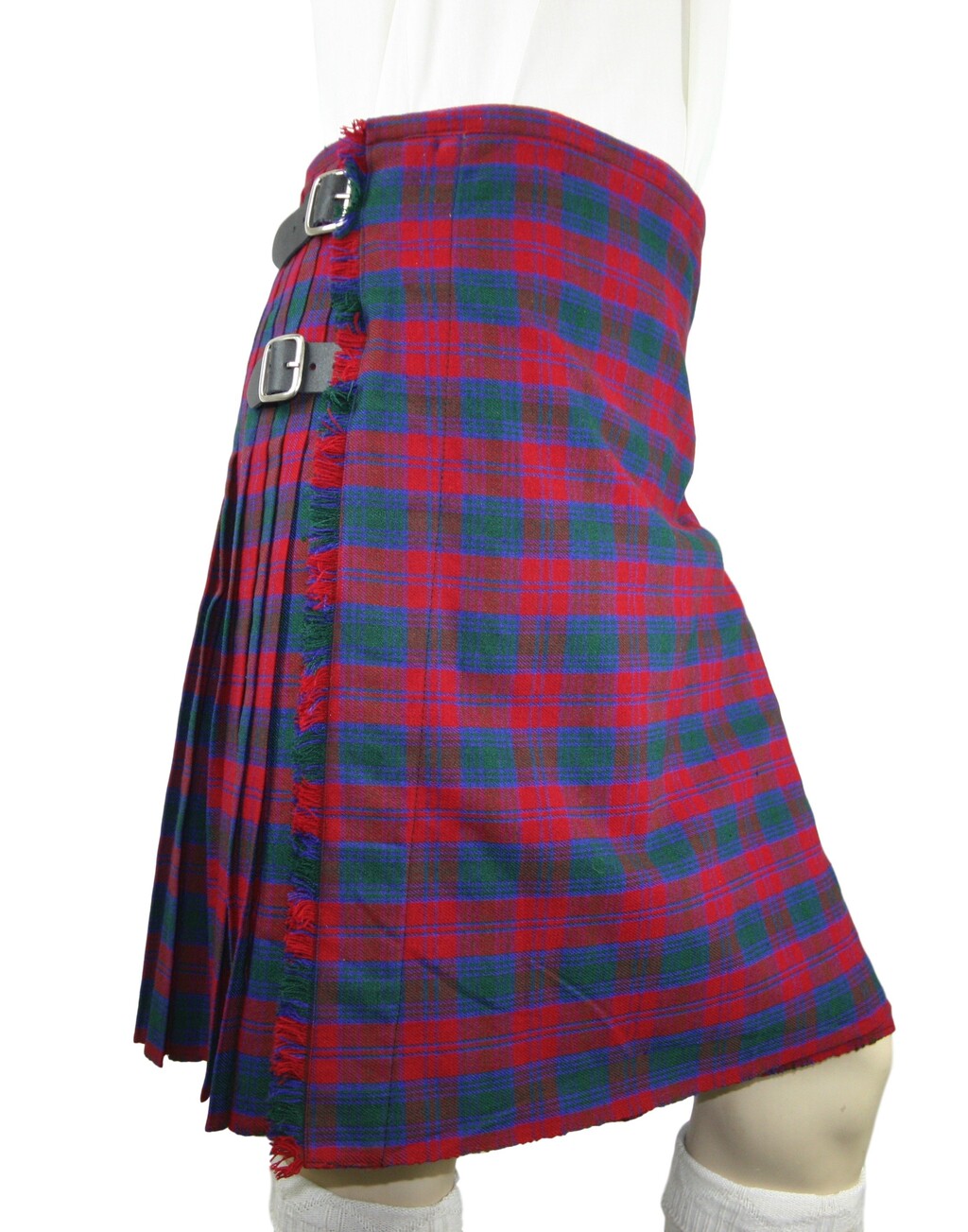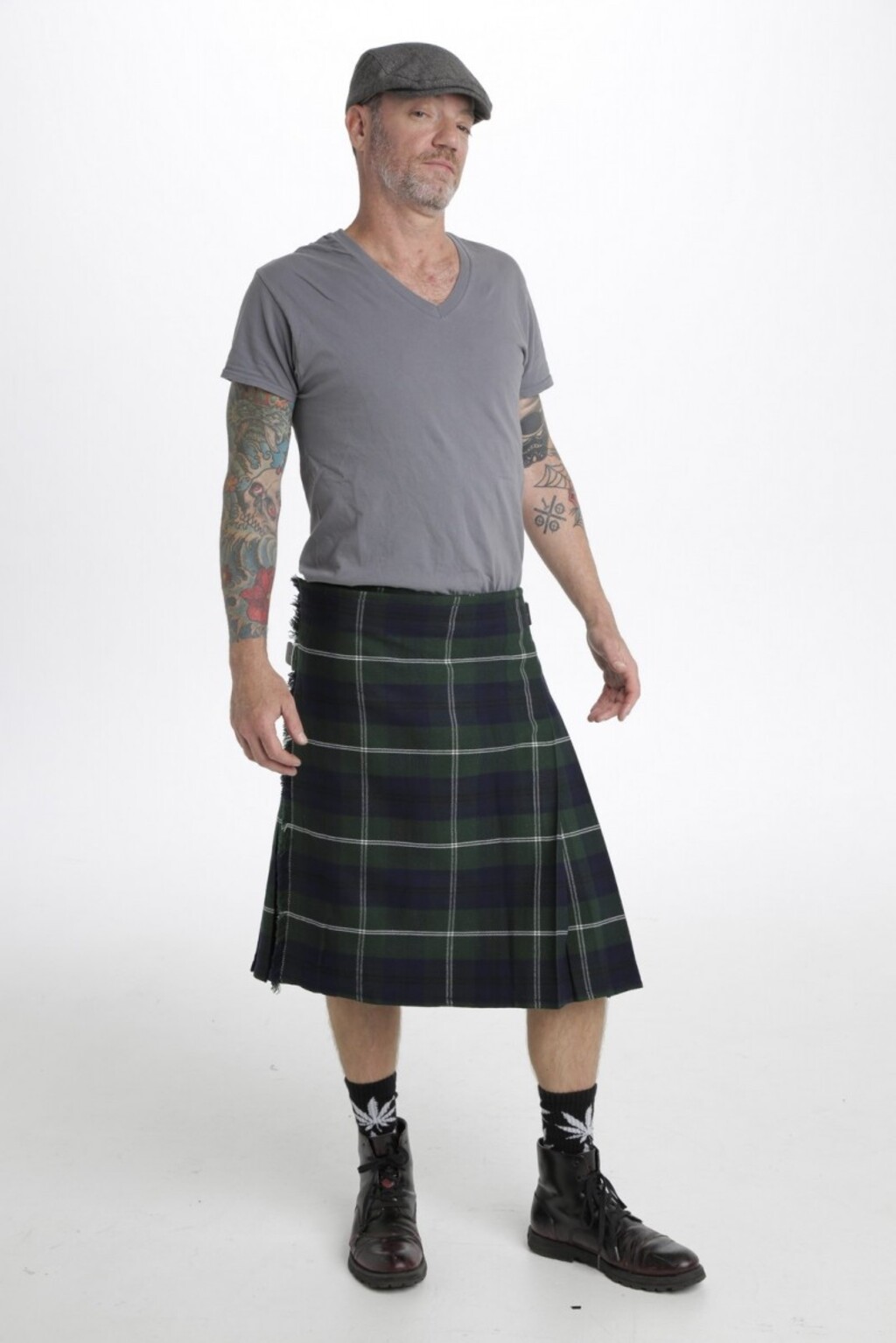Scottish Tartan Kilts and Their History
A pattern Comprising of bungled even and vertical groups in different hues is known as tartan. They are also referred as the symbol of the Scotland and are the main asset of Scottish heritage and culture. These tartan belong to different clans and each have a unique history.
History of Tartan Kilts
Today tartan is mostly associated with Scotland; however, the earliest evidence of tartan is found far afield from the British Isles. According to the textile historian E. J. W. Barber, the Hallstatt culture of Central Europe, which is linked with ancient Celtic populations and flourished between the 8th and 6th centuries BC, produced tartan-like textiles. Some of them were discovered in 2004, remarkably preserved, in the Hallstatt salt mines near Salzburg, Austria. Textile analysis of fabric from the Tarim mummies in Xinjiang, northwestern China has also shown it to be similar to that of the Iron Age Hallstatt culture. Tartan-like leggings were found on the "Cherchen Man", a 3,000-year-old mummy found in the Taklamakan Desert.Similar finds have been made in central Europe and Scandinavia.The earliest documented tartan in Britain, known as the "Falkirk" tartan, dates from the 3rd century AD.

It was uncovered at Falkirk in Stirlingshire, Scotland, about 400 metres north-west of the Antonine Wall. The fragment was stuffed into the mouth of an earthenware pot containing almost 2,000 Roman coins. The Falkirk tartan has a simple check design, of natural light and dark wool. Early forms of tartan like this are thought to have been invented in pre-Roman times, and would have been popular among the inhabitants of the northern Roman provinces as well as in other parts of Northern Europe such as Jutland, where the same pattern was prevalent.
Top Styles of Scottish Tartan Kilts
Clan Leslie Tartan Kilt
The Clan Leslie Tartan Kilt lets you show off your heritage by wearing your clan's tartan, or it can simply be worn because you enjoy the unique colors it bears. Mostly red, this vibrant and bold kilt is sure to catch the eye of anyone you pass by. On top of the red color are black lines that run both horizontally and vertically throughout the kilt. These black lines are outlined by white that helps to draw out the red color even more

Sir William Lindsay's (who is the ancestor of Lindsay Tartan) son was Sir David de Lindsay who married a member of the royal family named Marjory. David died in 1214 and was succeeded as Lord Crawford and High Justiciar of Lothian by his son who was also called David. This David also inherited the English estates of Limesay and Wolveray. One of his descendants was another Sir David Lindsay who was Chamberlain of Scotlandin 1256.
The Lindsay Tartan Kilt provides the perfect balance between earthy green hues and rich cherry reds to bring you a subtle, yet charming tartan kilt. This kilt's pattern features three instances of red colors arranged in a square. The final panel of the square features a forest green hue. Running through all of the red and the green are thick and thin midnight blue lines. These help to unify the colors and tone down their vibrant nature. (for details see: Lindsay Tartan)

MOD OLIPHANT TARTAN KILT
The earliest traceable member of this house is considered to be Roger Olifard, who witnessed a foundation charter to the Clunic priory of St. Andrew's, Northampton, by Earl Simon. The Charter was dated between 1093 and 1100 and Roger himself made a grant of 3 shillings yearly to this priory
The Mod Oliphant Tartan Kilt is a subtle, yet eye-catching tartan kilt that can be worn to any casual or formal event alike. This kilt features large, square patterns on its fabric. The tartan is mostly black and dark forest green, providing a subtle background for the creamy white lines to run both vertically and horizontally through it. On both sides of the kilt are buckles for adjusting the waist size as well as hooks for attaching your sporran.

Text je súčasťou Refresher Blogu, nie je redakčným obsahom. Administrátorov môžete kontaktovať na [email protected].
Chceš vedieť, keď Seemal Khan pridá nový blog?
Zadaj svoj mail a dostaneš upozornenie. Kedykoľvek sa môžeš odhlásiť.